Description
The Japanese maple family never ceases to amaze us. For example, ACER palmatum ‘Will’s Devine’. This little maple tree is constantly changing color.
In spring, its leaves are pink when the buds burst, becoming increasingly lighter with veins. It constitutes a real point of attraction in the garden.
Then, in summer, its foliage turns green, allowing it to resist the sun well. However, like many Japanese maples, it prefers subdued light.
Moreover, in autumn, the show continues with flamboyant colors, yellows, oranges and reds. Be sure, he will then set the garden on fire!
To view our other rare, even extremely rare, Japanese maples available for sale, please click here.
How to plant ACER palmatum ‘Will’s Devine’
This Japanese maple will prefer a location in partial shade or shade. You can also grow it in a pot on a terrace or patio. In this case, choose shade.
If you plant it in the ground, avoid places where water stagnates in winter, with normal or light soil and an acidic or neutral pH. This small maple resists temperatures below −20° C.
It goes without saying that Japanese maples are among the favorite choices of bonsai enthusiasts.
Also consult our planting sheet that we have specially designed for Japanese maples by clicking here.
History and Origin
ACER palmatum have been grown in Japan for centuries and throughout the rest of the world since the 1800s.
The Swedish botanist Carl Peter Thunberg gave it the species name palmatum for its leaves resembling a hand. In Japan, for centuries, they have also been called kaede and momiji in connection with the “hands” of frogs and babies respectively.
Japanese horticulturists have long developed cultivars found in Japan, Korea and China. Many of them are very popular in Europe and North America as well.
Traditional Chinese medicine uses preparations made from branches and leaves.
The natural habitat of Japanese maples is the undergrowth, since most prefer shady places and particularly in warmer climates.

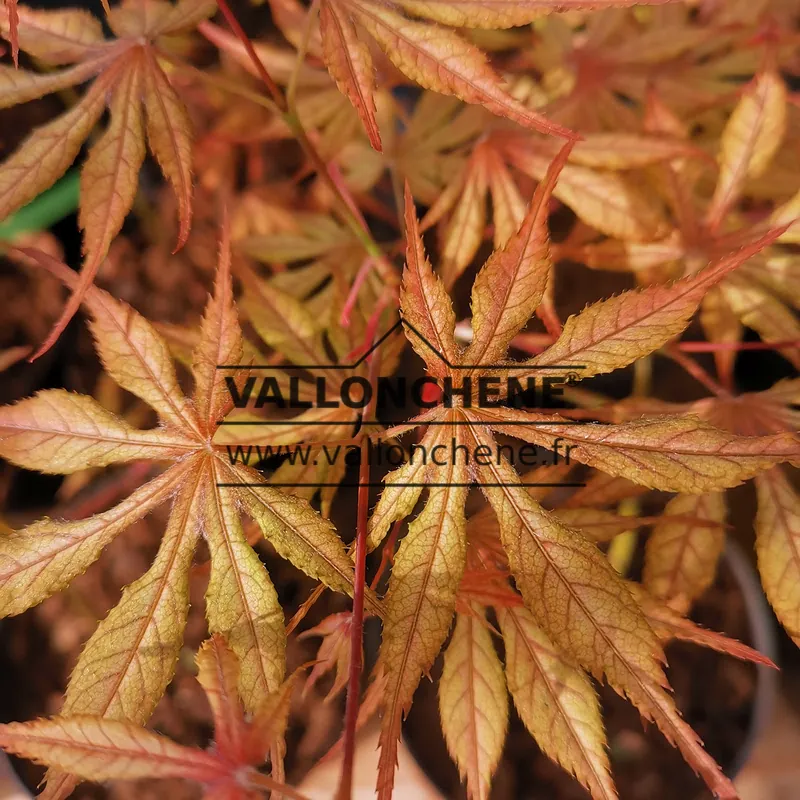
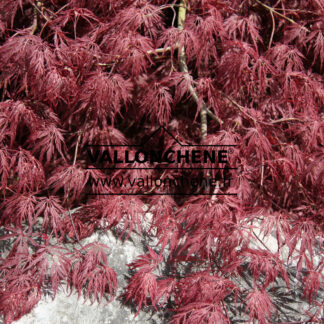
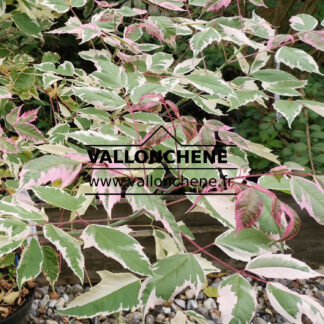
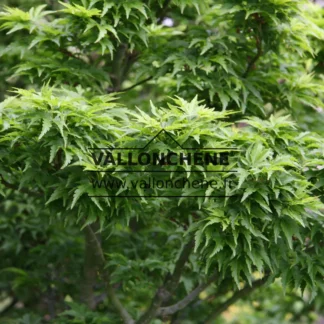

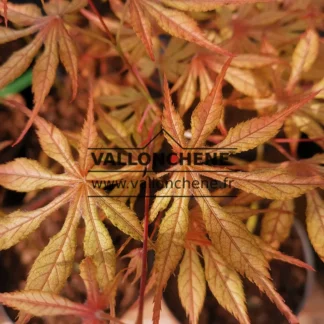
Reviews
There are no reviews yet.